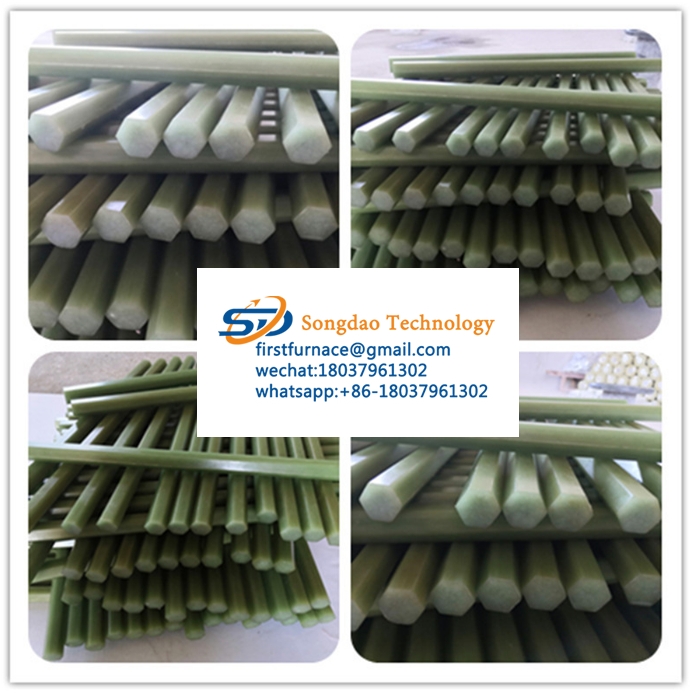- 27
- Sep
Is the epoxy glass fiber rod toxic?
Is the epoxy glass fiber rod toxic?
Epoxy resins and epoxy resin adhesives are non-toxic, but due to the addition of solvents and other toxic substances in the preparation process, many epoxy resins are therefore “toxic”. In recent years, the domestic epoxy resin industry is adopting water-based modification to avoid Adding and other ways to maintain the “non-toxic” nature of epoxy resin. At present, most epoxy resin coatings are solvent-based coatings, which contain a large amount of volatile organic compounds (VOC), which are toxic and flammable, thus causing harm to the environment and human body. 
Epoxy resin is generally used together with additives to obtain application value. Additives can be selected according to different purposes. Commonly used additives include the following categories: (1) curing agent; (2) modifier; (3) filler; (4) diluent; others.
Is the epoxy glass fiber rod toxic? Among them, the curing agent is a *additive. Whether it is used as an adhesive, coating, or castable, it must be added with a curing agent, otherwise the epoxy resin cannot be cured. Epoxy resins generally refer to organic polymer compounds containing two or more epoxy groups in the molecule. Except for a few, their relative molecular masses are not high. The molecular structure of epoxy resin is characterized by the active epoxy group in the molecular chain. The epoxy group can be located at the end, in the middle or in a cyclic structure of the molecular chain. Because the molecular structure contains active epoxy groups, they can undergo cross-linking reactions with various types of curing agents to form insoluble and infusible polymers with a three-way network structure.
The performance and characteristics of epoxy resin
1. Forskellige former. Forskellige harpikser, hærdemidler og modifikationssystemer kan næsten tilpasse sig kravene til forskellige applikationer på formularen, og området kan være fra meget lav viskositet til faststof med højt smeltepunkt.
2. Praktisk hærdning. Vælg en række forskellige hærdemidler, epoxyharpikssystemet kan næsten hærdes i temperaturområdet 0 ~ 180 ℃.
3. Stærk vedhæftning. De iboende polære hydroxylgrupper og etherbindinger i molekylkæden af epoxyharpikser gør det meget klæbende til forskellige stoffer. Krympningen af epoxyharpiks er lav ved hærdning, og den genererede indre spænding er lille, hvilket også hjælper med at forbedre vedhæftningsstyrken.
4. Lav krympning. Reaktionen mellem epoxyharpiksen og det anvendte hærdningsmiddel udføres ved direkte additionsreaktion eller ringåbnende polymerisationsreaktion af epoxygrupper i harpiksmolekylet, og der frigives ikke vand eller andre flygtige biprodukter. Sammenlignet med umættede polyesterharpikser og phenolharpikser viser de meget lav krympning (mindre end 2%) under hærdning.
5. Mekaniske egenskaber. Det hærdede epoxyharpikssystem har fremragende mekaniske egenskaber.
6, electrical performance. The cured epoxy resin system is an excellent insulating material with high dielectric properties, surface leakage resistance, and arc resistance.
7. Chemical stability. Generally, the cured epoxy resin system has excellent alkali resistance, acid resistance and solvent resistance. Like other properties of the cured epoxy system, the chemical stability also depends on the selected resin and curing agent. Appropriate selection of epoxy resin and curing agent can make it have special chemical stability.
8. Dimensional stability. The combination of many of the above properties gives the epoxy resin system outstanding dimensional stability and durability.
9, mold resistant. The cured epoxy resin system is resistant to most molds and can be used in harsh tropical conditions。
